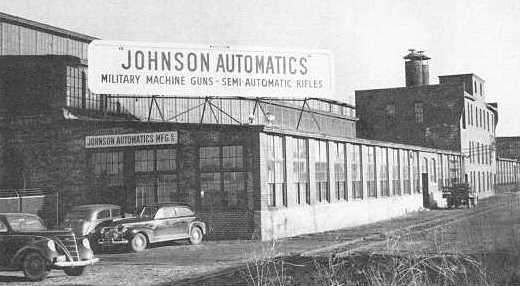

 The
foundry was built in 1914 when the Universal Windings plant opened in Cranston.
The
foundry was built in 1914 when the Universal Windings plant opened in Cranston.
The buildings were substantially built from red brick and provided light
airy working environments for the workers.


The foundry building in use for manufacturing the Johnson products. Although bearing the Johnson Automatics sign board this was still a Universal building. Mel. Johnson, being a lawyer was very concerned with how customers perceived his company, wanting it to seem like it had a huge manufacturing capacity when in fact he sub-contracted the work to others. The signs were added for the PR photographs.

In this aerial photograph the foundry has a Johnson Automatics sign place upon the roof, however close examination of the original photo source reveals that this sign has been drawn onto the photographic plate! The edge of the Universal Windings sign can be seen extreme left, middle of the photo (the black coloured square).
Universal Windings was still active upon the site up until the mid 1960's
when it broke up into separate divisions and left the Cranston area and
moved to Massachusetts. The buildings on the complex are all still in
existence including the foundry building as used by Johnson Automatics,
being used by Ross Brass Co. for making brass pressings. As
this is private property visitors are not encouraged to attend, it is also
a working factory which can be quite dangerous.



